Edging my Garden
slr8
13 years ago
Related Stories

GARDENING GUIDESGreat Design Plant: Anemone Canadensis Adds Pizzazz to Water’s Edges
Plant Canadian anemone along pond, lake or stream edges for a splash of white flowers in late spring
Full Story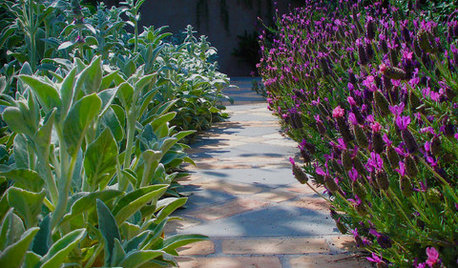
LANDSCAPE DESIGNThe Garden Edge: Rethink Your Garden Pathways
The right plant choices not only frame your paths with distinction, but they also take you on a journey of the senses
Full Story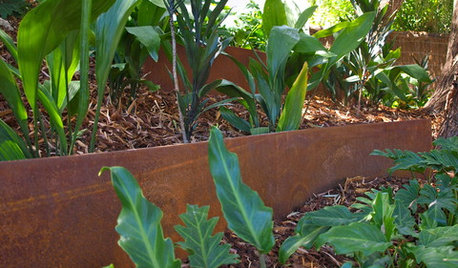
LANDSCAPE DESIGNGet an Edge: The Best Border Material for Your Garden
Do you want garden edging made of stone, concrete, metal or wood? Here are things to consider when choosing
Full Story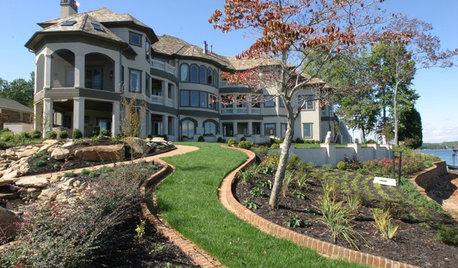
GARDENING AND LANDSCAPINGGarden Edging: Clean Lines for Your Landscape
Brick, Metal, Wood or Concrete Edging Helps Keep Your Garden In Shape
Full Story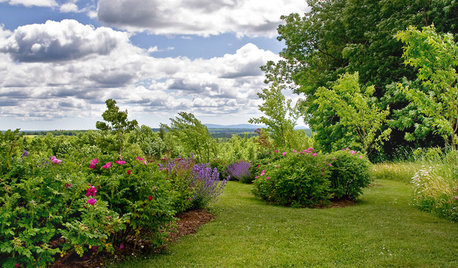
LANDSCAPE DESIGNYour Mini Guide to Great Garden Edges
Get the scoop on trenches to the skinny on bender board, to help keep your garden beds as tidy as you like
Full Story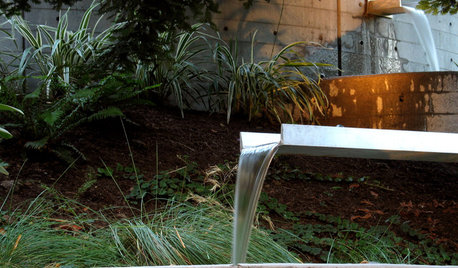
LANDSCAPE DESIGNGive Your Garden an Industrial Edge
Create intriguing contrast by borrowing from the factory to dress up your organic setting
Full Story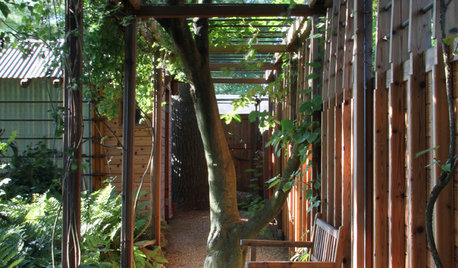
LANDSCAPE DESIGNLandscape Tour: Garden Rooms Edge a Lawn in New Jersey
Built and planted forms combine to create a relaxing suburban backyard oasis
Full Story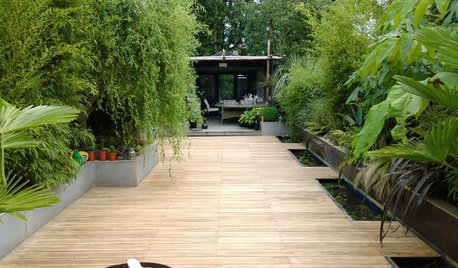
PATIOSFlooring Ideas to Give Your Outdoor Room an Edge
The materials you lay underfoot — decking, tile or a mix of contrasting textures — can bring fresh appeal to your outside space
Full Story
HOUZZ TOURSMy Houzz: Industrial-Edged Chic in Rotterdam
DIY efforts and unplanned aesthetics with happy results create a gorgeous home for a Dutch couple
Full Story
HOUZZ TOURSMy Houzz: Industrial-Edged Comfort in Pittsburgh
Copper, cantilevers and a cat named Mr. Martin come together in this contemporary homage to regional style
Full StoryMore Discussions







ianna
slr8Original Author
Related Professionals
Glen Ellyn Landscape Architects & Landscape Designers · College Park Landscape Contractors · Cupertino Landscape Contractors · Golden Landscape Contractors · Little Ferry Landscape Contractors · Metairie Landscape Contractors · Midland Landscape Contractors · Mission Landscape Contractors · Oxnard Landscape Contractors · Paso Robles Landscape Contractors · Pueblo West Landscape Contractors · Roseville Landscape Contractors · Stallings Landscape Contractors · Vineyard Landscape Contractors · Wilton Landscape Contractorsianna
slr8Original Author
ianna
sheryl_ontario
subrosa
tiffy_z5_6_can
slr8Original Author